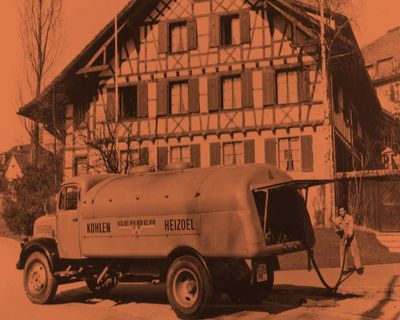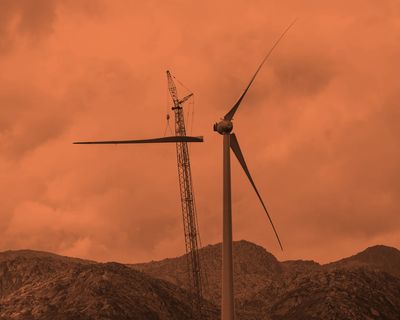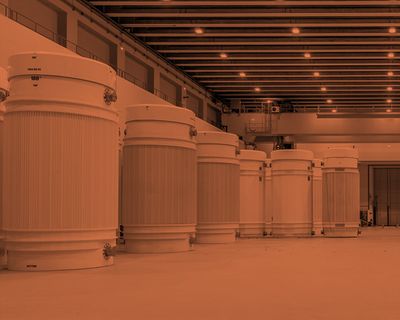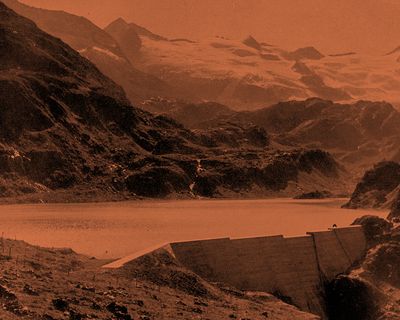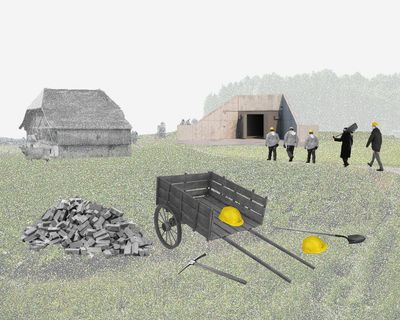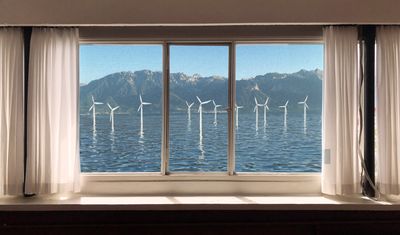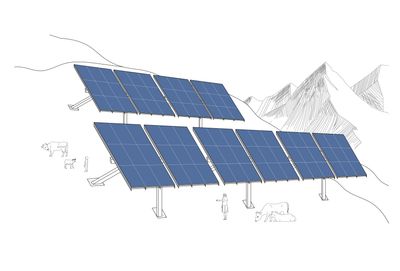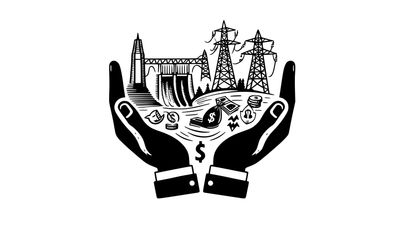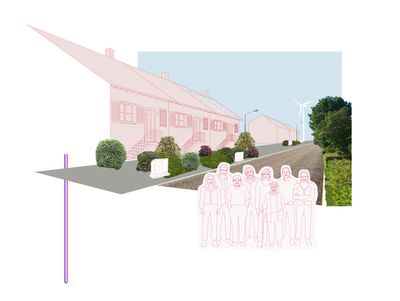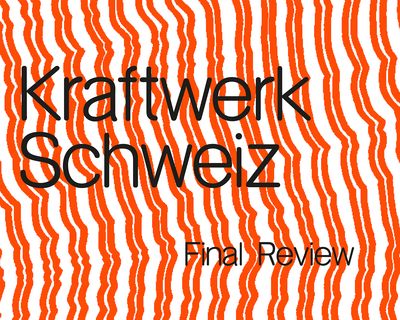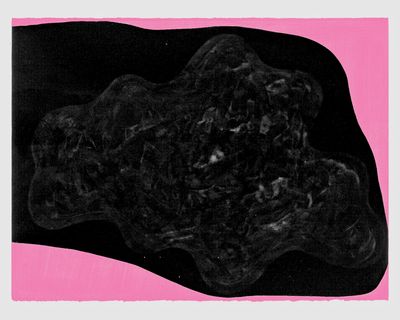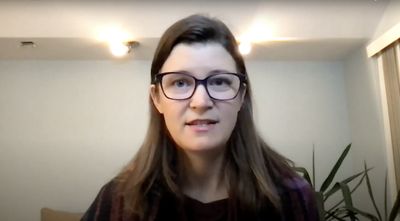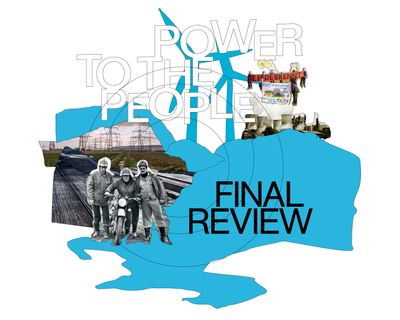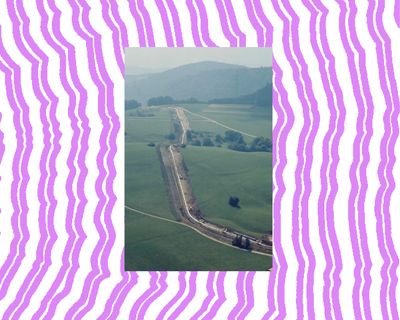Kraftwerk Schweiz
Investigating Territories of Energy Transition
Energy transition needs to go deeper than just a shift in technology.
Cara Daggett
In our daily lives, the energy we use in our homes and workplaces seems abundant and ubiquitous. At the same time, the manifold paths energy takes to reach us, the technologies required to supply it, and the many actors involved in the process remain hidden amidst complex infrastructural networks and structures of ownership and governance. Energy systems in Switzerland and elsewhere are undergoing a rapid transition that will affect every aspect of our lives. The incomplete picture we have of this process limits our potential contribution as designers in shaping social and environmental characteristics of these crucial transformations. To better understand energy transition, in this studio we will research both the political economy of energy, and the impacts of transition on territorial ecologies and everyday life in Switzerland. Where will the “green energy” be produced? Who will own the energy infrastructures, and how will the profits be routed? Can energy transition be more than a technofix? Can it help repair the fabric of the territory?
The burning of fossil fuels for energy—whether for electricity, heat or mechanical power—remains the lead cause of the climate crisis. Switzerland has committed to “drastically reduce” its fossil energy consumption by 2050, and to phaseout nuclear energy production indefinitely. Thus, despite the anticipated reduction in energy demand, fossil and nuclear sources ought to be replaced by renewables. Presently, the territorial footprint of Swiss energy demand extends far beyond the national border: the imported oil and gas contribute around 60 % of energy consumed in Switzerland. The rest comes from the domestic hydro energy production, whose infrastructures dominate the territory. The Alps are an energy landscape, and many rivers and lakes of the Swiss Mittelland are part of the hydropower complex.
As the importance of renewable energy production for Switzerland continues to rise and new infrastructures such as wind or solar “parks” begin to dot the landscape, emerging territorial conflicts and opportunities call for situated, critical thinking and for design responses. One crucial design question is the spatial integration of energy infrastructures. The renewable sources like wind or solar are inherently more local than fossil sources, thus have the potential of increasing the energy security in Switzerland. But legitimate concerns about the impact of large-scale infrastructure projects on nature areas and landscape quality are being raised, asking how can we design energy infrastructures within human and non-human habitats?
Another important open question in the debate concerns ownership and governance. In Switzerland, 90 % of the shares of large energy corporations are publicly owned by cantons and municipalities, presenting a unique advantage in the European context. Can this serve as a base for creating novel models of energy commons and reciprocity, benefiting the broad sections of society? Can energy systems become a true service public that belongs to all? Can we imagine landscapes where energy is not a product, but a common good?
As designers, we must also ask, how much energy will we need in the future? Industrial modernisation and modern life have been powered by seemingly endless supply of fossil fuels. “There is [now] a danger […] that renewable energy will simply replace coal-fired power plants, while maintaining the same imperatives of increasing profits, growth and energy consumption that have characterised the production of coal.” (Dawson, 2020). Thus, should energy transition continue to support increasing consumption, or can it help re-embed values of repair and regeneration? Is an “energy descent” imaginable?Can we live well with less energy, and how could this be imagined?
In the studio we will explore Swiss energy landscapes—from wood, oil and nuclear, to hydro, wind and solar—as they have formed the territory, and we will make visible the hidden networks of energy infrastructures. At the same time, we will study and visualise the major corporate and public governance structures of energy production and distribution in Switzerland. The seminar week dedicated to field exploration is at the core of the project. Throughout the semester, experts will bring critical inputs and work with us on GIS cartography, videography, and more. The student teams will research important aspects of the Swiss energy landscape, and formulate alternative design briefs and visions. The results will be presented in the form of a web-based reportage, meant to inform design practice and the public discourse.
Power to the People
Power to the People is a studio series at Architecture of Territory dedicated to improving social and environmental outcomes of energy transition. The process of energy transition is understood go deeper than just a shift in technology that supports the status quo of increasing resource consumption; rather it is seen as a fundamental reorientation of the social values and practices toward repair and regeneration. The studio series is affiliated with the Urban Energy Landscape (UEL) research network. Citizens, experts, fellow designers and artists accompany us in the process.
Process and Results
The semester consists of investigative journeys and intensive studio sessions. Architecture of Territory values intellectual curiosity, commitment, and team spirit. We are looking for avid travellers and team workers, motivated to make strong and independent contributions. Our approach enables students to work with a range of methods and sources pertaining to territory, including ethnographic fieldwork, drawing techniques, writing, videography, and online publishing. Experts and guests will help us on that journey. Students work in groups of two to three.
Seminar Week
An investigative journey constitutes the core of the project. The seminar week will be dedicated to exploring the manifold facets of energy landscapes in Switzerland. With our guides we will travel across the country, visit hydro dams, wind parks, power plants and traverse through hidden infrastructures. We speak with locals, politicians, experts, and activists. The common days are followed by a period dedicated to fieldwork in respective student teams. The seminar week takes place between March 17 and 23 (cost frame B). It is integrated, mandatory, and open to all interested students.
Credits
The semester offers a total of 19 credit points. The Design Studio 14 credits, the Integrated Discipline (Planning) 3 credits and the Seminar Week 2 credits.

